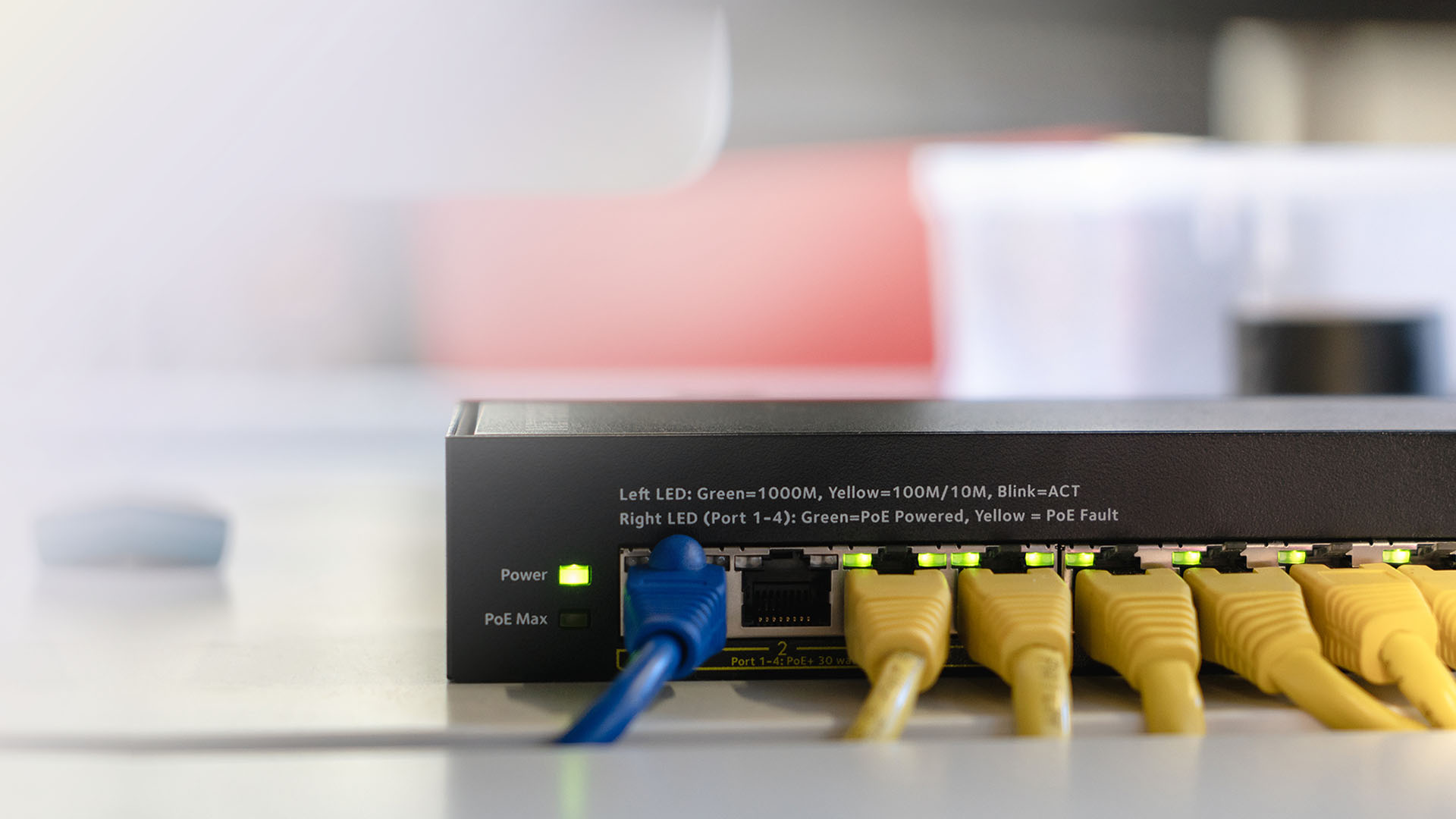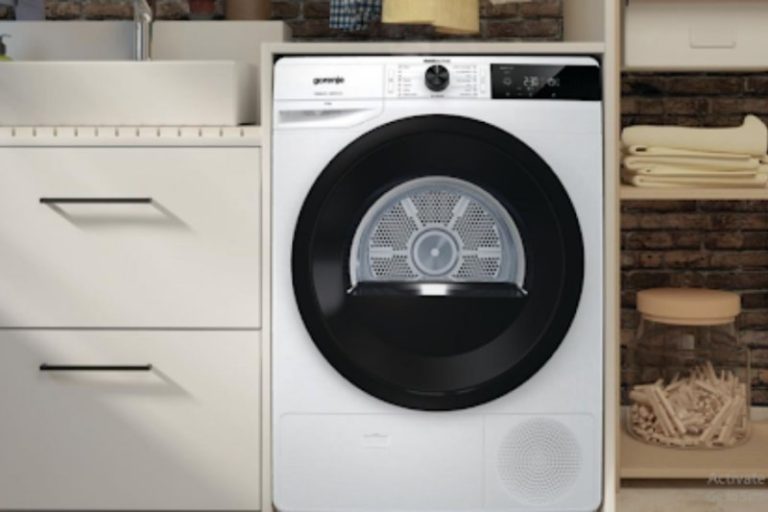What You Should Know About Managed PoE Switches For Your Network
Are you ready to take your network to the next level? If so, then managed PoE switches are worth considering. PoE stands for “Power over Ethernet” and these switches can be used in both residential and commercial settings. Managed PoE switches provide many advantages, such as more efficient use of power, better security, easier management of devices, and the ability to quickly scale up capacity. In this blog post, we explain what managed PoE switches are and why they might be a good option for your network.
What is a Managed PoE Switch?
A managed PoE switch is a network switch that has been designed to deliver power over Ethernet (PoE) to connected devices. These switches are often used in networks where powered devices such as IP cameras or VoIP phones need to be connected. Managed PoE switches offer a number of advantages over traditional network switches, including the ability to remotely manage and monitor power usage, as well as providing extra features such as VLAN support and QoS.
The Benefits of Using a Managed PoE Switch
A managed PoE switch can offer a number of benefits for your network. Here are some of the most notable advantages:
-
Enhanced Security and Control
With a managed PoE switch, you’ll be able to better monitor and control devices that are connected to your network. This can help to improve security and prevent unauthorized access. Additionally, you’ll be able to more easily troubleshoot any issues that may arise.
-
Improved Performance
A managed PoE switch can help to improve the performance of your network by providing quality of service (QoS) features. This can allow you to prioritize certain types of traffic, such as voice or video, for enhanced quality and reliability.
-
Increased Flexibility
A managed PoE switch also offers increased flexibility when it comes to configuring your network. You’ll be able to tailor the settings to best meet the needs of your business or home office. Additionally, you can easily add or remove devices from your network as needed.
The Different Types of Managed PoE Switches
Managed PoE switches are a great way to provide power and data connectivity to devices on your network. There are many different types of managed PoE switches available, each with its own set of features and benefits. Here is a look at some of the most popular types of managed PoE switches:
- Web-Managed PoE Switches: These switches offer an easy-to-use web interface for managing your network. They are ideal for small networks or those who are not familiar with networking technologies.
- Enterprise-Grade Managed PoE Switches: These switches offer advanced features and performance for larger networks. They are typically more expensive than web-managed switches but offer greater flexibility and control.
- Smart Managed PoE Switches: These switches combine the best features of both web-managed and enterprise-grade managed PoE switches. They offer an easy-to-use web interface along with advanced features and performance.
- Unmanaged PoE Switches: These switches do not have any management features and simply provide power and data connectivity to devices on your network. They are the most basic type of switch but can be a good option for small networks or those who do not need advanced management features.
How to Choose the Right Managed PoE Switch for Your Network
When it comes to choosing the right managed PoE switch for your network, there are a few things you need to take into consideration. The first is the number of ports you need. The second is the data rate and the third is the cable distance.
The number of ports on a managed PoE switch will determine how many end devices can be connected. For example, if you have eight cameras and four computers, you’ll need at least a 12-port switch. If you have 16 cameras and eight computers, you’ll need at least a 24-port switch.
The data rate is important because it will determine how much data can flow through the switch. For example, if you have a 100Mbps connection, you’ll want a switch that can handle at least that much data. If you have a Gigabit Ethernet connection, you’ll want a switch that can handle at least 1Gbps.
The cable distance is important because it will determine how far away your devices can be from the switch. For example, if you have devices that are located in different rooms or buildings, you’ll need a switch with longer cable distances.
Conclusion
Managed PoE switches are a great option for businesses looking to get the most out of their networks. With features like VLANs, QoS, port prioritization and more, managed PoE switches can help keep your network running smoothly while improving security and efficiency. With many options available on the market today, you can find the right switch to fit your needs and budget. Whether you’re attempting your first network deployment or upgrading an existing system, consider investing in a managed PoE switch for optimal performance.







